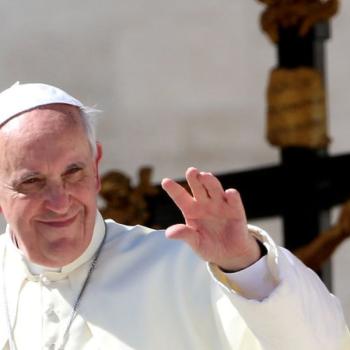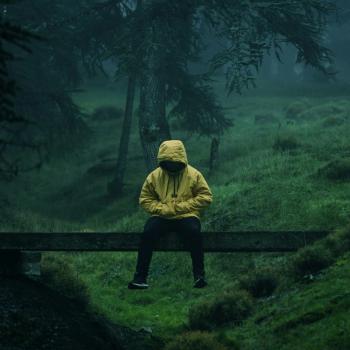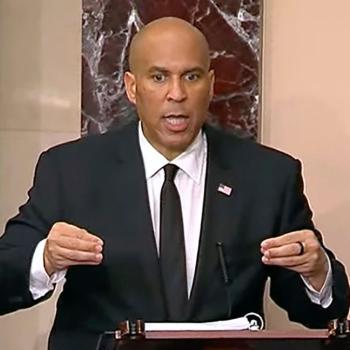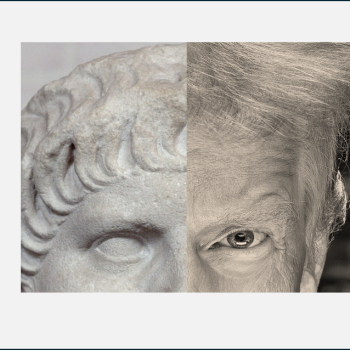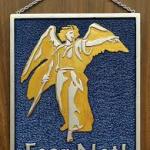Monsters and Saints: Stranger Things Meets Daniel 7
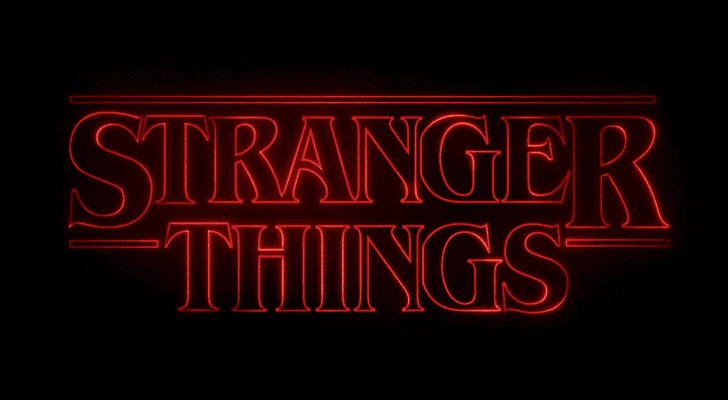
A 12-year-old boy named Will Beyers is biking home at night when he sees a shadowy, not-quite-human figure appear out of nowhere right in front of him on the road. Will veers into the woods and his bike crashes to the ground. He gets up and catches a glimpse of the creature. It resembles one of the monsters in the Dungeons and Dragons game he had just been playing with his friends – a creature called the Demogorgon.
Will starts running through the woods to his home. Surely he’ll be safe there. But no one is home. He is alone and the monster is after him.
He runs to the shed behind the house to find something with which to defend himself. He hears the growl of the monster as the light bulb above his head surges with light. He looks up to the ceiling, his eyes wide with fear.
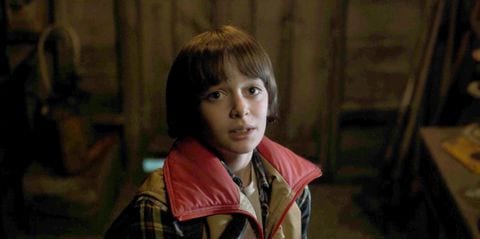
And then he is gone. Vanished. Not a trace.
Has Will been kidnapped? Is he hiding? Is he lost? Is he dead?
These are the questions we’re left with at the end of the first episode of a show called Stranger Things. It takes place in the fictional town of Hawkins, Indiana, in 1983. I started watching because my kids raved about the show, and because I like the cultural references to the 80s – the era in which I grew up.
I came for the 80s, but I stayed for the drama.
Stranger Things is a suspenseful story about characters who must battle monsters from an alternate dimension called “The Upside Down.” It’s a world is like ours, but it is filled with hideous creatures, toxic air that poisons the body, and a malevolent force called the Mind Flayer that controls all the beasts and is intent on destroying humanity and the world as we know it. Government scientists, as well as the Russian military, create a gateway into this underworld, thinking they can control these evil forces to use for their own gain. What they discover is that they have unleashed a power that they cannot control, a power that overtakes them and the unwitting citizens of Hawkins, growing and killing as it goes.
In Stranger Things I see a metaphor for the evil forces that threaten us and our children.
Things like gun violence, drug addiction, and climate change. Not to mention the ill-fated efforts of our leaders who think they can consort with evil for their own personal gain. In all of these cases, when we mess around with malevolent forces thinking we can use them to gain power, we find we have unleashed something that we cannot control, a power that overtakes us and the people around us, growing and killing as it goes.
Why am I’m thinking about all of this? Because it’s the season of monsters.
Halloween is the time of year when we hear tales about vampires, werewolves, and zombies. All Hallows Eve, as it was known in earlier times, is when the ghosts of the dead are believed to rise and torment the living. We revel in stories of demonic creatures wreaking mayhem because they tap into primordial fears and archetypal symbols that are as old as the shadows of our ancient cave-dwelling ancestors.
Now, you might think it’s a bit unusual to talk about monsters in a sermon in a Christian church.
But in our reading today on All Saints Sunday (the counter to Halloween), we hear about monsters. In fact, the Bible contains many references to monsters. This reading from the book of Daniel is just one example.
The seventh chapter tells about “four great beasts” that arise from the sea. They are truly “stranger things.” One looked like a lion with wings like an eagle. Another was like a bear with three tusks in its mouth. A third was like a leopard with wings and four heads. The fourth was the most terrifying of all, a beast with ten horns: “It had great iron teeth and was devouring, breaking in pieces, and stamping what was left with its feet.”
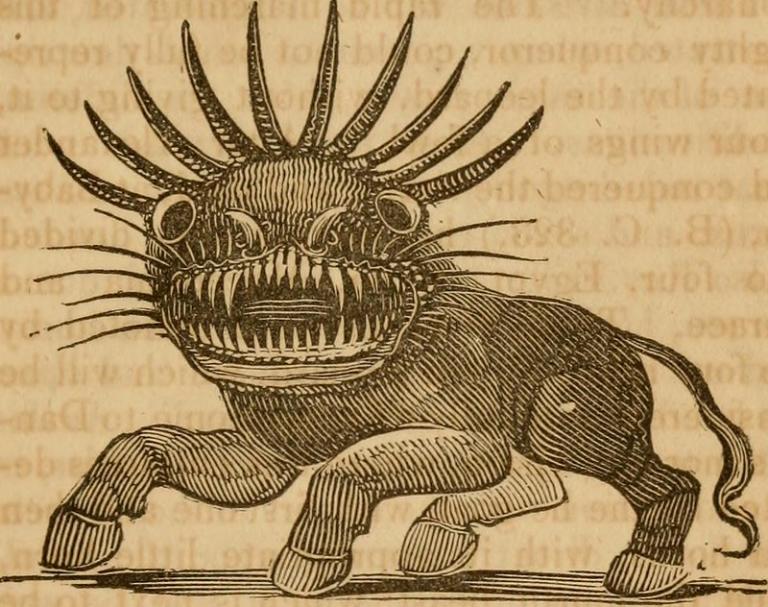
Why, you may wonder, is the Bible talking about monsters?
Monsters are mythical creatures symbolizing that which terrifies and terrorizes us. Whether it’s the Demogorgon of Stranger Things, or Grendel in the medieval story of Beowulf, or the beast with ten horns in the book of Daniel, these monsters represent forces of incredible malevolent power. They show up in our nightmares, inthe scary costumes we wear on Halloween, and the frightening stories we tell around campfires.
Monsters hide in the shadows, stalking us, waiting to jump out when we least expect it and tear us limb from limb. They feed on the weak, overpower the strong, and threaten to destroy the world as we know it.
But here’s the thing. As much as we fear and loathe them, we need these stories about monsters.
I know, this probably seems like a strange thing to say. But the author of Daniel knew that writing about these monsters serves a purpose. It gives us a way to talk about the forces of evil so that our minds can comprehend them and we can mentally, physically, and spiritually prepare ourselves to face them, even if it scares us to do so. Let me explain.
The book of Daniel is what scholars call “apocalyptic,” which in Greek means “unveiling” or “revealing.” Apocalyptic literature is a genre that is characterized by mysterious visions, vivid imagery of “stranger things,” and heart-stopping drama about the battle between good and evil. In the Bible, when a person receives a vision or dream like this, they are shown what is going on in the cosmic war between God and God’s enemies. But the message comes by way of coded imagery that they, and we, have to decipher. The most well-known book of this kind is Revelation, but apocalyptic writings are found throughout the Bible, including this book of Daniel in the Hebrew scriptures.
So, what is the purpose of these apocalyptic writings?
They are written to help those who are suffering under persecution. The monsters described in the book of Daniel represent the empires, rulers, and armies that are oppressing people and destroying their communities, their sacred places, and their land.
The setting of Daniel is during the exile in the Babylonian empire, but it was actually written when the Israelites were besieged by the Greeks, hundreds of years later. The Book of Daniel is meant to bolster the faith of the Israelites who are watching their temple being desecrated, their people being tortured, and their worship practices outlawed. Hearing the stories of Daniel being protected by God in the lions’ den and saved from the fiery furnace remind them that God is with them when they face persecution. And these apocalyptic dreams proclaim who is truly sovereign over even the most powerful kings. It is the God of Israel, the Ancient One, the creator of heaven and earth, and the judge who commands all righteousness and brings down the evil ones.
Of course, not all apocalyptic stories have religious roots.
But even if they aren’t specifically about God, you can see the apocalyptic aspect of many well-known books, movies, and tv shows. Because they reveal a truth about our world and our struggles that can give us strength to engage the forces of evil.
J.K. Rowling’s Harry Potter series, for example, was an extended metaphor about fighting fascism and authoritarian dictators. Suzanne Collins explained that her series, The Hunger Games, was meant to show us the truth about our consumerist culture that sacrifices children, oppresses entire communities, and sets us on a path to war, poverty, and environmental devastation.
Likewise, when I watch Stranger Things, I see the monsters as a metaphor for the ways in which our children are being violently snatched into a world of the “Upside Down.” Like the gun massacres that turn their schools into death zones. And environmental toxins and climate disruption that threatens to overtake our planet and their future.

But others may see something different when they look at those monsters, something more personal. They may recognize the kind of struggle that hits closer to home.
Sometimes the monster is the cancer that is attacking the body.
The bully at school or at work who is making your life miserable.
The depression that lurks like an invisible demon.
The Alzheimer’s disease that is taking over a loved one’s brain.
The freak car accident that snatches away the life of someone we love.
The monsters are as varied as each of our experiences. So we need tools, weapons of the spirit (as St. Paul called them) to engage these monsters.
And we need stories of people who have faced these creatures so that we can learn how to overcome them as well.
Some tales, like Beowulf, tell us that it is the singular hero outfitted with the fiercest weapons and strongest armor that can defeat the monsters. Other stories like Stranger Things suggest that the best way to fight the monsters is with a small band of friends that we can trust to look out for us. Each person brings their unique gifts and skills to the battle and bolsters the courage of their friends.
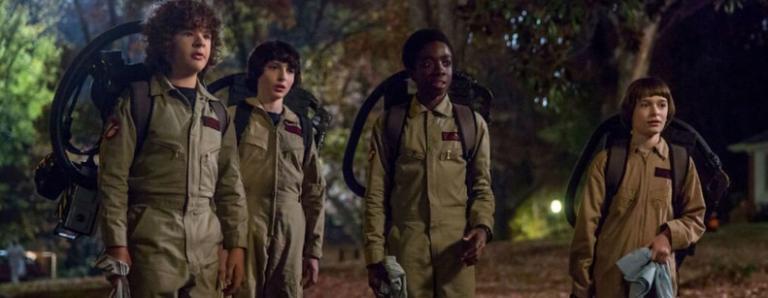
But other stories expand that circle to include a much larger group coming together. The Lord of the Rings, The Hunger Games, and the Harry Potter series show us that when a whole community is able to work together, they have a much wider network with which to fight the monsters. They find ways to communicate with each other and share information (often through secret codes). They teach and equip each other for the battle. And they share common values such as loyalty, bravery, and a commitment to truth and goodness. This enables them to withstand the assaults of a President and his mutated monsters in the Hunger Games. Or Sauron and his Orcs in Tolkien’s legends. Or Voldemort and his demonic minions in Harry Potter.
The apocalyptic stories of the Bible, however, add an even deeper and more powerful dimension – that of divine intervention.
As the passage in Daniel makes clear – it is only God who can ultimately defeat the monsters. In Daniel, God is called the “Ancient One” who sits on a throne of judgement surrounded by holy fire that deposes the monsters. Then “the Son of Man” – the human being (whom Christians understand to be Jesus), descends from the clouds and the holy ones of God are finally given peace.
On this All Saints Sunday, we remember the holy ones who fought their own monsters. We are assured that “the holy ones of the Most High shall receive the kingdom and possess the kingdom for ever—for ever and ever” (Daniel 7:18).
This is God’s love – as fierce as Will Beyers’ mother who never, not for one moment, gives up looking for her son.
As steadfast as Will’s friends who never, not for one moment, allow their fears to overcome their courage on behalf of their friend. As loyal as Will’s brother, Jonathan, who arms himself to battle the Demogorgon. And as miraculous as a 12-year-old girl called El who has mysterious powers to help rescue Will, defeat the monster, and send it back to the Upside-Down.
Our God is all of this and more. For we know that no matter what battles we are fighting, no matter what monsters attack, no matter what demons we face, and no matter what happens to us on this side of the story, God will have the last word. The lost child will be found. The victims of the monsters will abide with God. And the forces of evil will be vanquished.
This is the story I need to hear, the story I need my children to hear, in as many ways as we can find.
It’s the story of monsters and the saints of God. It’s our church’s story. It’s my story and your story – it’s our story. Thanks be to God.
This sermon will be part of a forthcoming book I’m co-writing with my colleague, Jerry Sumney, Professor of Biblical Studies at Lexington Theological Seminary, who provided the exegesis of this passage. The book is tentatively titled Apocalypse When?: A Guide to Interpreting and Preaching Apocalyptic Texts, and will be published by Wipf and Stock in 2020.
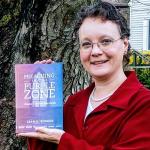
Leah D. Schade is the Assistant Professor of Preaching and Worship at Lexington Theological Seminary in Kentucky. She is the author of Preaching in the Purple Zone: Ministry in the Red-Blue Divide (Rowman & Littlefield, 2019) and Creation-Crisis Preaching: Ecology, Theology, and the Pulpit (Chalice Press, 2015).
Twitter: @LeahSchade
Facebook: https://www.facebook.com/LeahDSchade/
Read also:
We Will NEVER Forgive You: Greta Thunberg, Climate, and the Unforgivable Sin
Bringing Our Faith to the Ballot Box: All Saints Sunday Sermon




